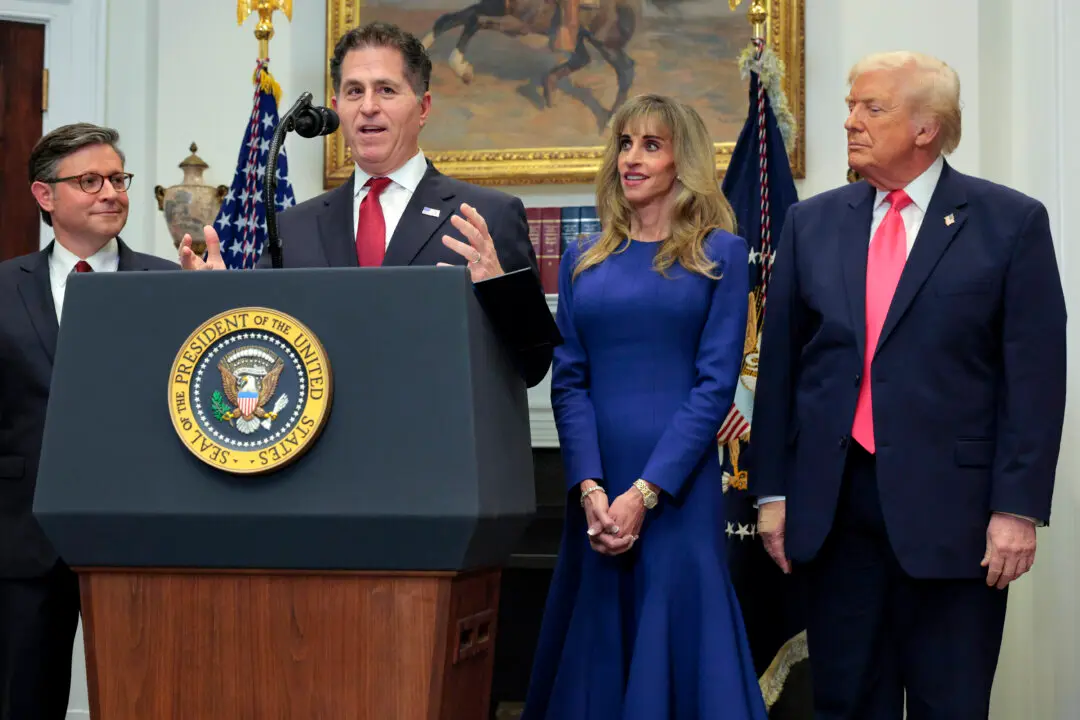Small businesses continued to hire new workers at a solid pace in December, building on the previous month’s strong numbers and the U.S. labor market’s continuing 10-year growth streak.
An employment report released on Jan. 9 by the National Federation of Independent Business (NFIB) shows that in the final month of 2019, small business owners continued to hire employees, add new positions, and raise wages.





